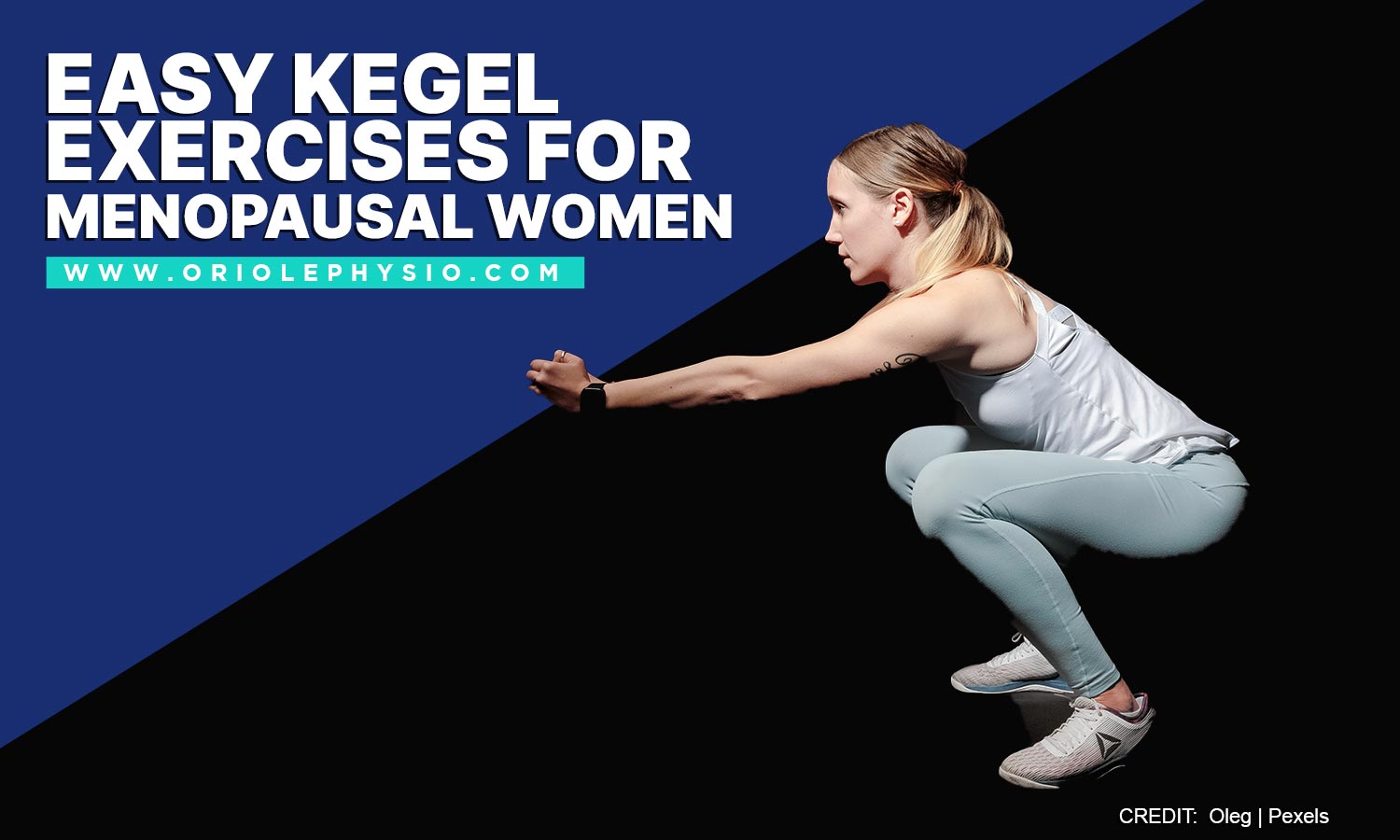Easy Kegel Exercises for Menopausal Women
Menopause can bring significant changes to a woman’s body. Many women may experience pelvic floor dysfunction after the menopausal period. Symptoms may include urinary frequency (the need to constantly use the toilet) or urgency (the need to get to the toilet in a hurry or not making it there in time). The pelvic floor muscles become weak during the onset of menopause, resulting in pelvic floor problems. Additionally, weight gain (which is common in menopausal women) can further reduce the function of your pelvic floor muscles.
Other contributing factors that affect the muscles of your pelvic floor include:
- Less elastic bladder
- Trauma to the anus caused by childbirth
- Health conditions, such as asthma and diabetes
Causes, Effects, and Symptoms of Menopausal Pelvic Floor Prolapse
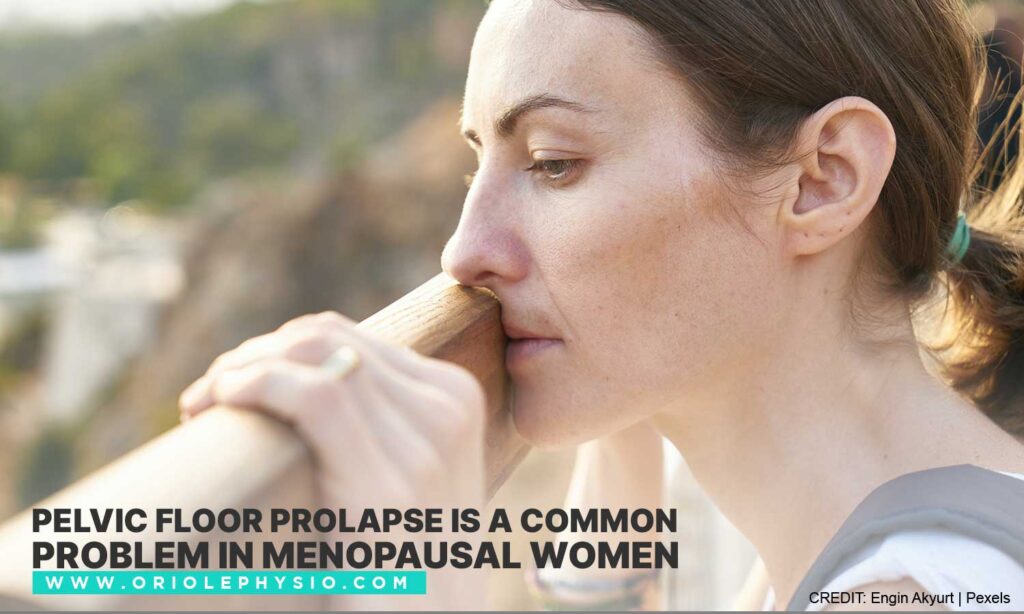
Various studies report that the risk of pelvic floor prolapse increases as women approach the menopausal stage. As you age, your body produces less estrogen. This is thought to cause the thinning of the vaginal walls and reduce the strength of the connective tissues supporting it.
Pelvic floor prolapse is usually a result of stretched and damaged pelvic floor muscles, losing their support to pelvic organs, like the vagina, bladder, and uterus. A weakened pelvic floor causes these organs to collapse and press against the vaginal walls. As a result, you may notice a bulge that sometimes protrudes through the opening of the vagina. Initial prolapse may be caused by stress from vaginal childbirth, which later becomes apparent after the menopausal period.
Furthermore, women in their menopause stage also experience a lack of vaginal moisture, leading to problems with sexual function. This causes the vaginal tissue to become weak and less flexible during intercourse, which can be painful at times
Below are the symptoms of pelvic floor prolapse:
- Painful feeling in the pelvis or vagina
- Tissue bulging from the vagina opening
- Urination or bowel movement difficulty
- Lower back pain
- Urinary incontinence, especially during coughing, the exertion of force, or sneezing
- Frequent urinary tract infections
- Dyspareunia or painful feeling during sex
Importance of Kegel Exercises

Engaging in regular Kegel exercises for women and pelvic floor training can help your body adjust to the changes. Kegel exercises help strengthen your pelvic floor muscle, promote better bladder control and prevent symptoms of incontinence during and after menopausal. Hence, healthcare professionals consider it as women’s first-treatment for urinary incontinence.
Here are some simple steps to help you get started with Kegel exercises:
- Find the Right Muscles – Finding the right pelvic muscles can be a little tricky. One of the tricks to locate the right muscles is by stopping urination in midstream. After identifying your pelvic floor muscles, you can start engaging the muscles in different exercise positions.
- Perfect Your Technique – To engage in a Kegel exercise, imagine yourself sitting on a marble ball. Contract your pelvic muscles as if you are lifting the marble. Hold it for 3 seconds and release contraction for a count of 3.
- Maintain Your Focus – Concentrate only on tightening the muscles of your pelvic floor and avoid flexing your abdominal muscles, thighs, or buttocks.
- Avoid Holding Your Breath – Allow yourself to breathe, inhale and exhale freely during the exercise.
- Repeat 3 times daily – For best results, do Kegel exercise at least 3 sets of 10 to 15 repetitions a day.
Other Pelvic Floor Exercise
Add the following exercises to the mix:
Squats
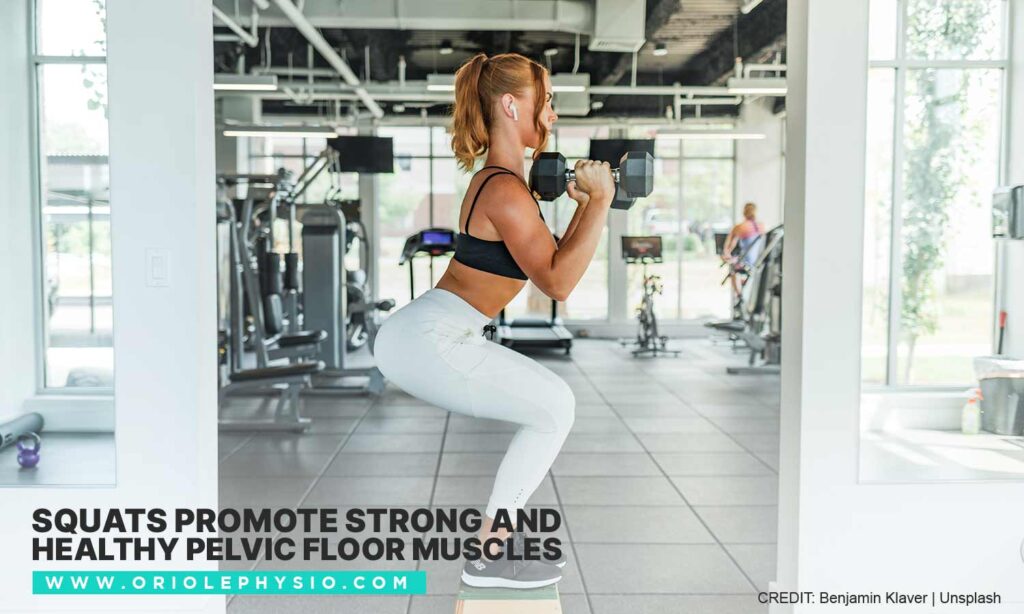
Squat exercises are an effective way to work out the largest muscles in your body and are extremely beneficial in terms of improving muscle strength. This simple exercise ensures you are in solid shape before adding any resistance to your Kegel exercises.
Muscles targeted: Pelvic floor muscles, glutes, hamstrings, and quadriceps
Equipment: Barbell
Steps:
- Stand in an upright position. Your feet should be positioned slightly wider than your shoulders, with your toes slightly pointed out. If you want to use a barbell during the exercise, make sure to rest it at the back of your neck, on your trapezius muscles.
- Slowly bend your knees while pushing your hips and butt back (like sitting on a chair). Keep your neck neutral and chin tucked.
- Maintain your weight in your heels and bow your knees slightly outward while you lower yourself until your thighs are parallel to the ground.
- Straighten your legs until you are back in an upright position.
- Repeat 15 times.
Bridge
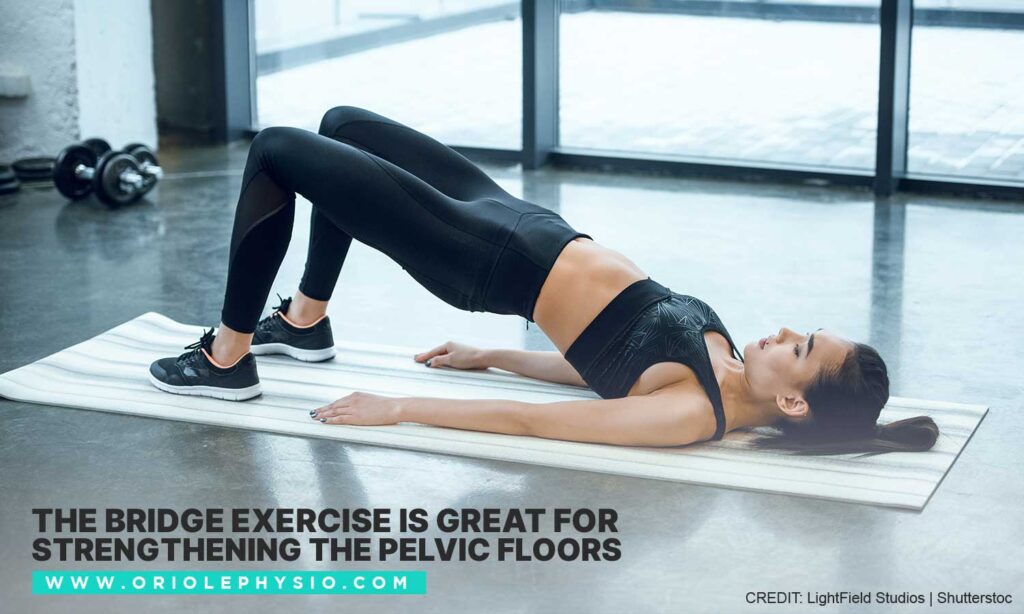
Correct execution of the bridge exercises can help stimulate not only the glutes but also the pelvic floor muscles in the process. You can do it without weight. The pause and pulse during the bridge exercise can activate the muscles.
Muscles targeted: Glutes, hamstrings, pelvic floor
Equipment: None
- Lie with your back flat on the floor. Make sure that your spine is against the ground. Bend your knees at a 90-degree angle. The feet should be flat on the ground and arms straight at your sides with palms facing down.
- As you breathe in, push through your heels and squeeze the target muscles as you elevate your hips off the ground. By now, your body should be resting on your upper back and shoulders, forming a straight line down from your knees.
- Hold the position for 1 to 2 seconds and return to the starting position.
- Complete 2 to 3 sets with 10 to 15 repetitions and rest for 30 to 60 seconds between sets.
Split Tabletop
The split tabletop is a form of leg exercise used in many Pilates workouts. The split helps activate both the hips and pelvic floor muscles.
Muscles targeted: Hips, abs, pelvic floor
Equipment needed: Mat
- Lie with your back on the mat. Bend your knees — thighs should be perpendicular to the floor and shins parallel to the floor. Legs should be touching each other.
- Brace your abdominal muscles to activate your inner thighs.
- Using controlled movement, slowly split your legs so each knee falls outward. Do this until you reach a comfortable position.
- Raise your knees slowly back to position.
- Do 3 sets with 10 to 15 repetitions.
Bird Dog
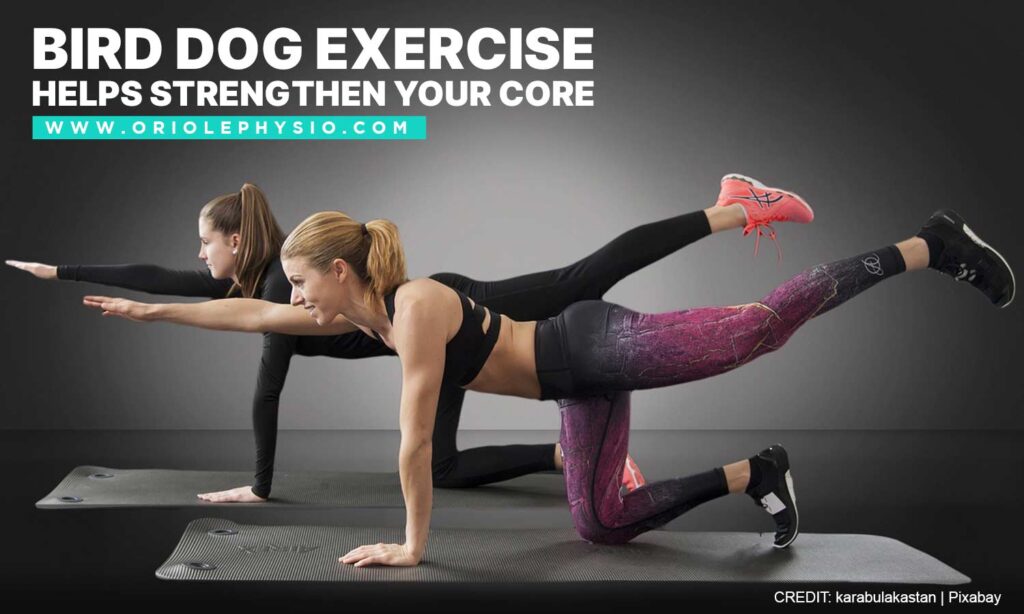
The bird dog is a full-body exercise that promotes balance and stability. It engages various muscles all at once, including the pelvic floor.
Muscles targeted: Back, abs, glutes, and hips
Equipment needed: None
- Position on all fours — your wrists should be under your shoulders and knees under your hips. Keep your back straight and neck neutral.
- Engage your core. Gently bring your shoulder blades down to your back toward your hips.
- Raise and straighten your left leg and right arm simultaneously. Make sure to keep your shoulders and pelvis in a neutral position without raising or lowering your head. Hold the position for 2 seconds.
- Bend and bring down your leg and arm back to the original position while maintaining stability. Switch by raising your right leg and left arm. This is 1 rep.
- Do 3 sets with 10 repetitions.
To enjoy the benefits of Kegel exercises, do it for a few weeks to a few months. For continued Kegel exercise benefits, make sure to incorporate them into your daily exercise routine.
If you are looking for a professional pelvic floor physical therapist to guide you with your Kegel exercises, schedule an appointment at Oriole Physiotherapy and Rehabilitation Centre. Our team of healthcare professionals will assist you with the objective of rapid recovery, restoring your normal activities.
Call us today at (416) 221-0772 to book an appointment.

